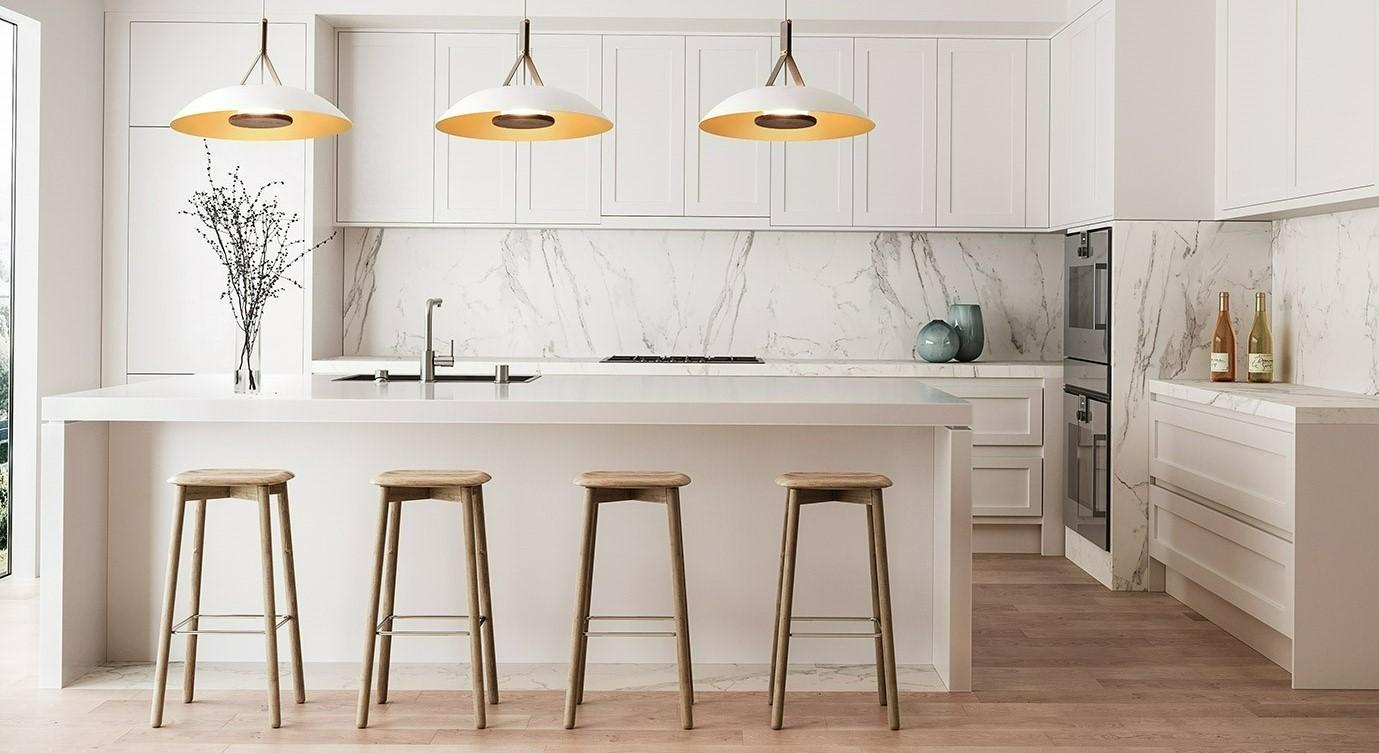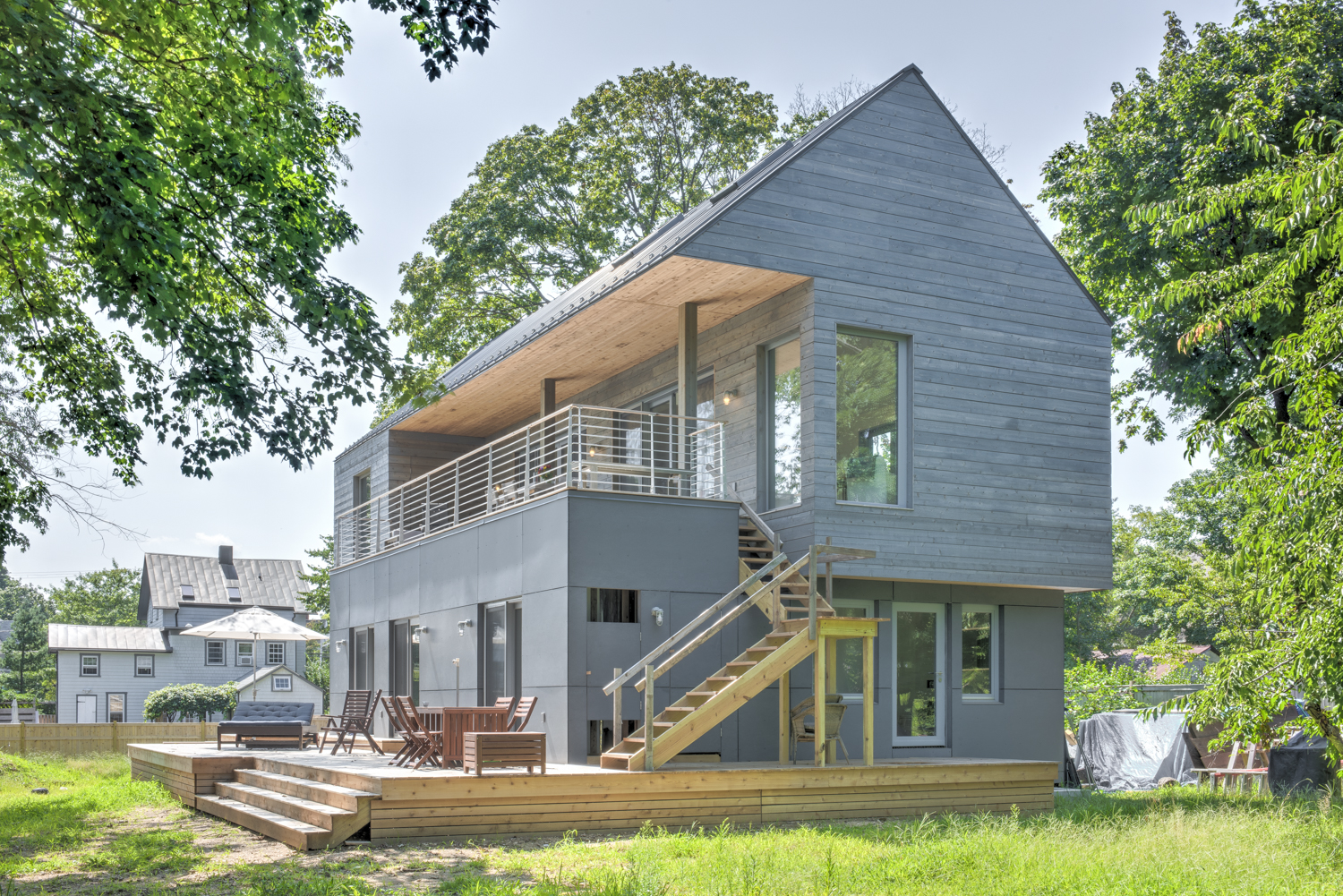To give voice to Black architects, designers, and artists, the National Building Museum is bringing in a rockstar lineup of speakers and workshops for the museum’s fall season.
The series is called INTERSECTIONS: Where Diversity, Equity and Design Meet, and features discussions about culture, equity and representation in the built world through the lens of design. The programming is a part of the Museum’s ongoing signature series, Equity in the Built Environment, which focuses on the relationship between equity, social justice and our built environment.
“The concepts are really wide ranging and of interest to a very broad audience,” says Jacquelyn Sawyer, the museum’s vice president of education and engagement. “They range from the role of architecture in the cultural narrative to the impact of Harriet Tubman on the American cultural landscape.”
On Tuesday, Sept. 16, Demar Matthews, founder of OffTop Design, will open the season with a presentation that addresses how architecture amplifies or silences perspectives and narratives and question if and how buildings, streets and landscapes serve to affirm identity and define community. Matthews’ practice investigates the power of architecture as a cultural signifier and vehicle of traditions, values and identity. The inaugural program will include local food trucks Sizzler and Little Minor Taco at the museum’s G Street entrance.
On Thursday, Sept. 23, Mabel O. Wilson, professor of Architecture, Planning and Preservation at Columbia University, will join Glenn LaRue Smith, co-founder and design director at PUSH Studio in conversation. Professor Wilson will discuss her work on the Memorial for Enslaved Laborers at the University of Virginia, and the ability of architecture to challenge tradition and redefine perceptions of history to include the voices of the silenced and the experiences of the powerless.
On Friday, October 21, the speaker will be visual artist Amanda Williams, the founder of aw | studio. She blurs the lines between art, architecture and social commentary with her investigations of topics such as prejudice, gun violence, and shared cultural experience. This exploration of William’s unique artistic perspective on color, race, and space will demonstrate how design can catalyze conversations about privilege, gentrification, and perceptions of communities of color.
On Thursday, November 10, the speaker is Germane Barnes, 2021 Rome Prize in Architecture winner and principal/founder Studio Barnes. He’s a multi-disciplinary designer who uses film, exhibitions, large scale installations and furniture to investigate the connection between architecture and identity. Barnes challenges interpretations of what defines and shapes cultural narrative by telling stories that explore the ways Black people have defined themselves and their communities. The evening includes a screening of his award-winning short film You Can Always Come Home.
On Wednesday, December 14, Cory Henry, principal and founder of Atelier Cory Henry closes out the INTERSECTIONS series with the question of whether design should reflect culture, history and community concerns. His portfolio of work spans three continents and ranges from private homes to mobile personal care centers for the houseless, and highlights Cory’s commitment to community-centered design. Cory challenges traditional partnership dynamics and reframes perceptions about who design truly serves.
Three workshops planned in conjunction with the lectures, and will be facilitated by the Black Space Urbanist Collective in New York, a collection of planners, designers, and architects. “They’ve developed culturally affirming design principles – about diversity and inclusion in the design process,” Sawyer says. “It’s meant to give participants an opportunity to unpack the concepts brought up in the speakers series in a more in-depth, collaborative space.”
Equity in the Built Environment is meant to amplify the voices of those who have been historically underrepresented in the design field. In America, less than three percent of registered architects are black. “This will focus on the voices of black architects and diversity and access within the design field,” she says. “My hope is to broaden the scope of how we define who shapes the built environment.”
Sawyer expects to engage audience of between 1,500 to 2,000 people in the series.
For more, go here.
[slideshow id=2481]



